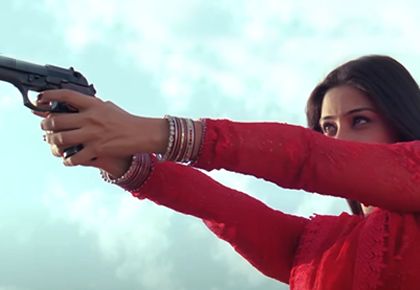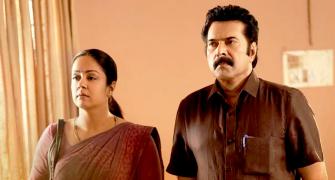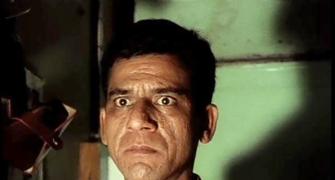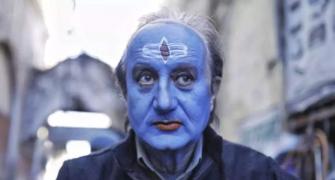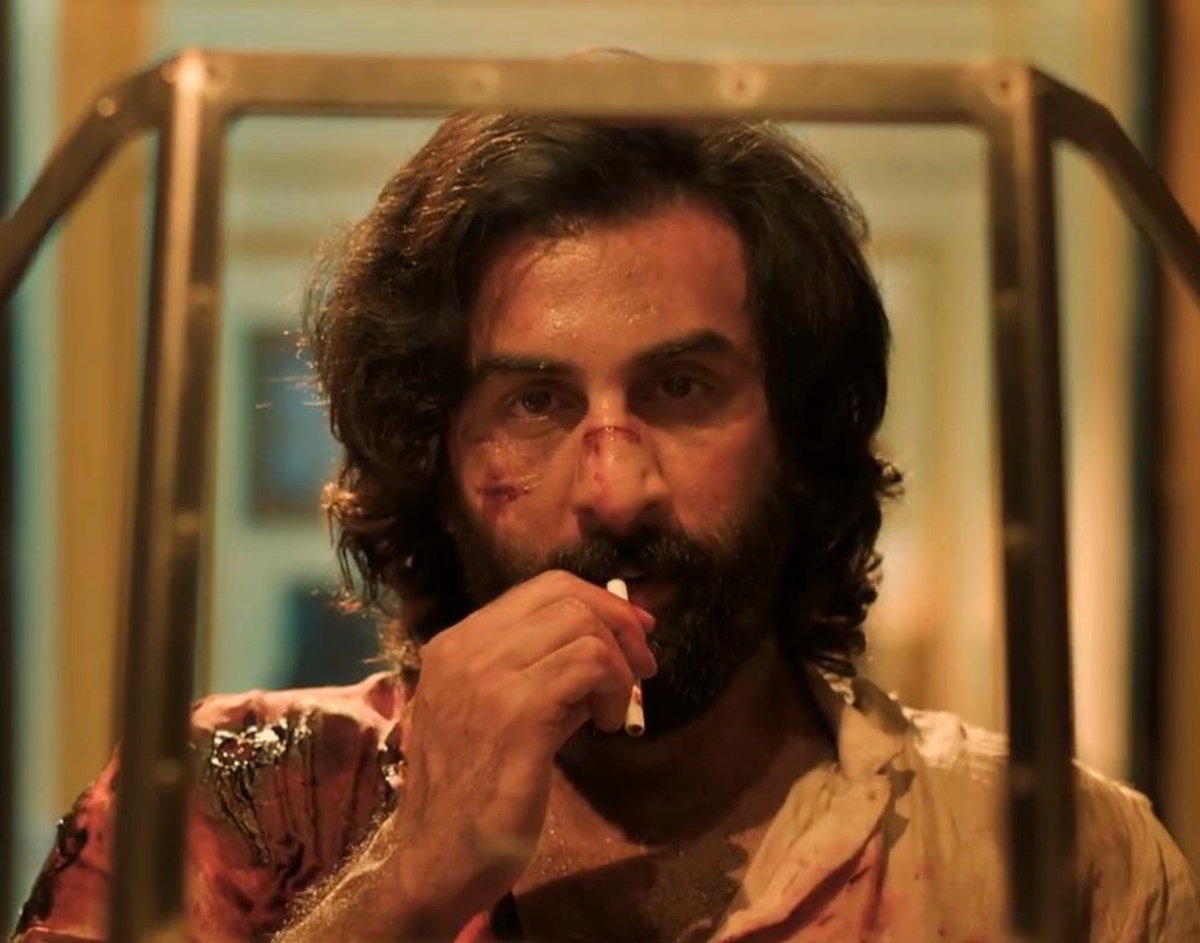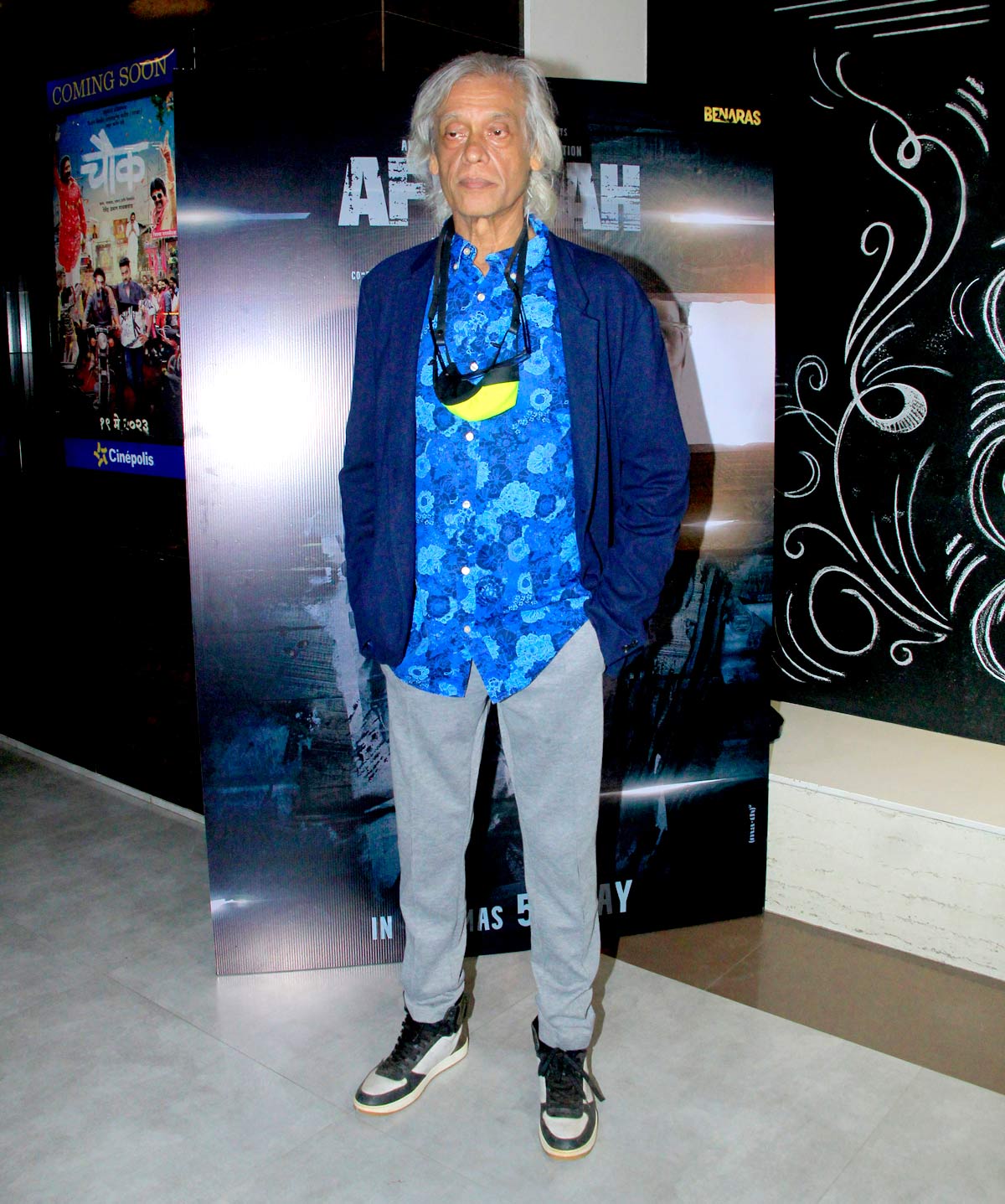This isn't a hatchet job, and my excuse for the exercise is my feeling that when you invert some of the clichés mentioned here, you might just arrive at the portals of genuine movie-making energy, says Sreehari Nair.
I am an old soul, somebody who believes that people who write about movies should be willing to take as much punishment as those who make them.
And so, as the rest of the world steps out to watch Sriram Raghavan's newest, I entertain myself with such listicles.
This isn't a hatchet job, and my excuse for the exercise is my feeling that when you invert some of the clichés mentioned here, you might just arrive at the portals of genuine movie-making energy.
1. Standing ovations at film festivals

If it's been reported that a movie was greeted with a standing ovation at a film festival, the only thing you can be 'completely' sure of is that the said movie was screened at that particular festival. A standing ovation at the end of a formal screening is a ritual rather than an assertion of quality.
In case you are interested in the science of it, I'll gleefully add that the length of the standing ovation a movie receives depends on three factors:
a. How grand the names associated with the movie are (unlike Cannes in the 1960s, when Antonioni and Monica Vitti were booed at and brought to tears, a film festival today is hardly a place to tarnish one's idols).
b. The amount of pre-screening noise the movie is able to generate (bear in mind: film festival attendees would be anything but buzz-killers).
c. The number of crew members in attendance (the larger the retinue, the longer the applause).
2. Best female performances

A list with a title such as the one above is to be approached with utmost trepidation.
I say this because any list of 'Best Female Performances' is bound to be a collection of well-intentioned female characters. The understanding girlfriend who directs a wayward young man to his true self; the empathetic wife who helps her husband come to terms with his sexuality; the tormented woman who breaks free from the clutches of patriarchy.
Who wouldn't want to felicitate such paragons of virtue?
Then there are those spillovers from real life.
So an actress who is known to hold the 'correct' opinion on everything from Kitchen Politics to Palestine is almost a shoo-in for such lists. If you manage to draw a straight line between your progressive social media opinions and the three-page monologues you rattle off on the screen, there's no stopping you.
I believe we are living in a golden age of actresses who can play spitfires, vixens and scandalmongers with real authority and a smack of their lips. The bitchy housewives in Ramprasad Ki Tehrvi and the slothful kittens in Sharmaji Namkeen literally 'made' those movies.
But who in their solemn moods would accommodate such shrews on a list approved by the very Legion of Decency?
3. Subversion

There's a smirk built into the term that can seem daunting to confront but let me tell you, mediocrity has never had a better friend than 'subversion.' Thanks to subversion, film-makers today can keep going back to middling, maudlin ideas, so long as they are smart enough to present these ideas with fashionable tweaks.
When Rohit Shetty's biennial celebration of vigilante tactics and dismembering of criminals is presided over by Deepika Padukone (instead of Ajay Devgan), we call it subversion.
Tamil Cinema's idea of subversion is a mindless action movie in which the onus of carrying out the carnage falls on a Dalit protagonist.
When Karan Johar got two men to 'twirl to Dola Re Dola, he knew (of course, he did) that he was setting himself up for praise from the guardians of subversion.
My biggest grouse with the term is how joyless it has become in its implications.
Art, when it's truly subversive, would rather slip into camp territory than collect badges for inclusivity. And by that logic, it's only reasonable to conclude that the finest practitioner of subversion in India right now is not one of our slick movie directors, it is Tanmay Bhat.
4. Heart in the right place

I want to be clinical about this: Stay away from any movie that has its heart in the right place.
The catch-all expression is nothing more than an apology for getting you formally introduced to gutless patriotic movies, timely 'topical' movies with premises slanted to appeal to your outrage, and sincere movies that are so attached to their causes that they see it as their right to be whiny.
Lacking any aesthetic dimension or a basic grip over reality, heart-in-the-right-place movies are just too good for this world, and they are typically full of characters who cannot be trusted to cross the road by themselves.
I can even make a very esoteric case that movies that have their hearts in the right place are bad for your skin.
5. I loved the editing/I hated the editing

In India, we tend to be wrong when we praise a movie's editor, and wrong when we cut an editor to ribbons. We misrepresent an editor's job both when a movie rouses us with a blow to our heads and when a movie bores us.
A movie lags not because its editor didn't do his job properly but because the movie never had an interesting eye to begin with and because there were no meanings in it to distill.
Alternately, if you have been floored by an instance of cross-cutting at the movies, you have the writer to thank for the effect and not the editor.
The nervous wedging together of scenes that you saw in Thallumaala was thought up at the scripting stage, though it needed a skillful editor to punch it up to the next level.
In Taxi Driver, the decision to keep a shot of Alka-Seltzer infused water going for an uncomfortably long period of time was an editorial decision but pressed for by Martin Scorsese himself.
While Scorsese has admitted that he cannot do without his longtime editor, Thelma Schoonmaker, you have to concede that even if Sally Menke had come back from the land of the dead, she would not have been able to fix Tarantino's Once Upon a Time in Hollywood.
6. Needed a better script
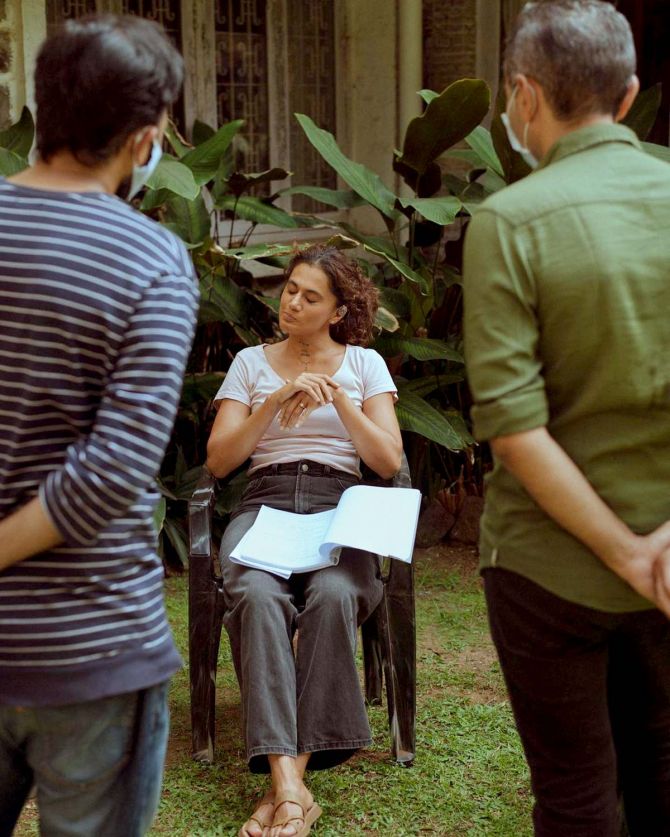
It's bad enough when critics soften a movie up with whatever the year's buzzword may be -- empathy, compassion, or the latest one, tenderness.
It's bad enough to describe the various elements of film-making using adjective-noun couplings nearest at hand (exquisite screenplay, beautiful cinematography, crisp editing).
But when you dismiss a pedestrian movie with the line 'It needed a better script', you bring shame to the art of criticism.
'Needed a better script' is an all-purpose line that has kept the kitchen fires burning for generations of movie critics. And the irony is, most critics who depend on this throwaway opinion, if they were to dissect a 'good movie script,' they would have nothing to say about the characters, and instead end up talking about how the plot-points connect, or recite some punchy pieces of dialogue, or bring up the subject of how decorously the people in the movie behave.
'Needed a better script' is a form of evasion, a dereliction of duty, an indemnity against jogging your senses.
It's a line that reminds us why some film-makers think of the movie critic as a particularly nasty parasite.
7. All style, no substance

A pronouncement that should have gone out of fashion when musical reverse gears did.
But it lives on because of two reasons:
One, educated audiences don't understand that in the movies, having a distinct visual style is a sign of personal voice.
Two, we think 'substance' is when a movie suspends storytelling every now and then to read from a moral charter (for critics with a feminist bent, substance is the boy-scout and gentlemanly aspects of a film).
Those who privilege substance over style cannot be expected to grasp that style is not something you tack on to a movie's subject matter: a movie's style is its morality, style judges.
I think the rot may also have set in because most of us either have a notion of beauty that hasn't evolved from kiddie drawings of green vistas, serene streams and clean skies speckled with exactly two clouds and four birds, or it may be that a good percentage of us are just plainly accepting of beauty that's computer-generated (you won't believe the number of people who have told me that Prabhas' Radhe Shyam had weak storytelling but great visual splendour).
Real instances of style and visual beauty in the movies are almost always handmade, and they produce reverberations you cannot quite explain.
Movie style has an element of risk-taking because it materializes out of a filmmaker's peculiar obsessions.
Robert Altman shot everything in style, from scenes of bloody surgeries being performed over continuous chatter to that unforgettable scene of Keith Carradine's body bag being placed on a ground full of fresh puddles.
Francis Ford Coppola could find style in the quietest of places. The shot in The Godfather where Brando peeks out through his Venetian blinds and surveys the wedding party outside, there was style there.
When Vishal Bhardwaj got his Lady Macbeth to point a gun at her gangster hero and demand her 'I Love Yous,' that was style.
Style in the movies is very often an unexpected corner where discrete elements meet.
A wind lifting the veil off Machiko Kyō's face and Mifune saying, 'If it hadn't been for that wind, I wouldn't have killed', or the cat finding Orson Welles in The Third Man.
